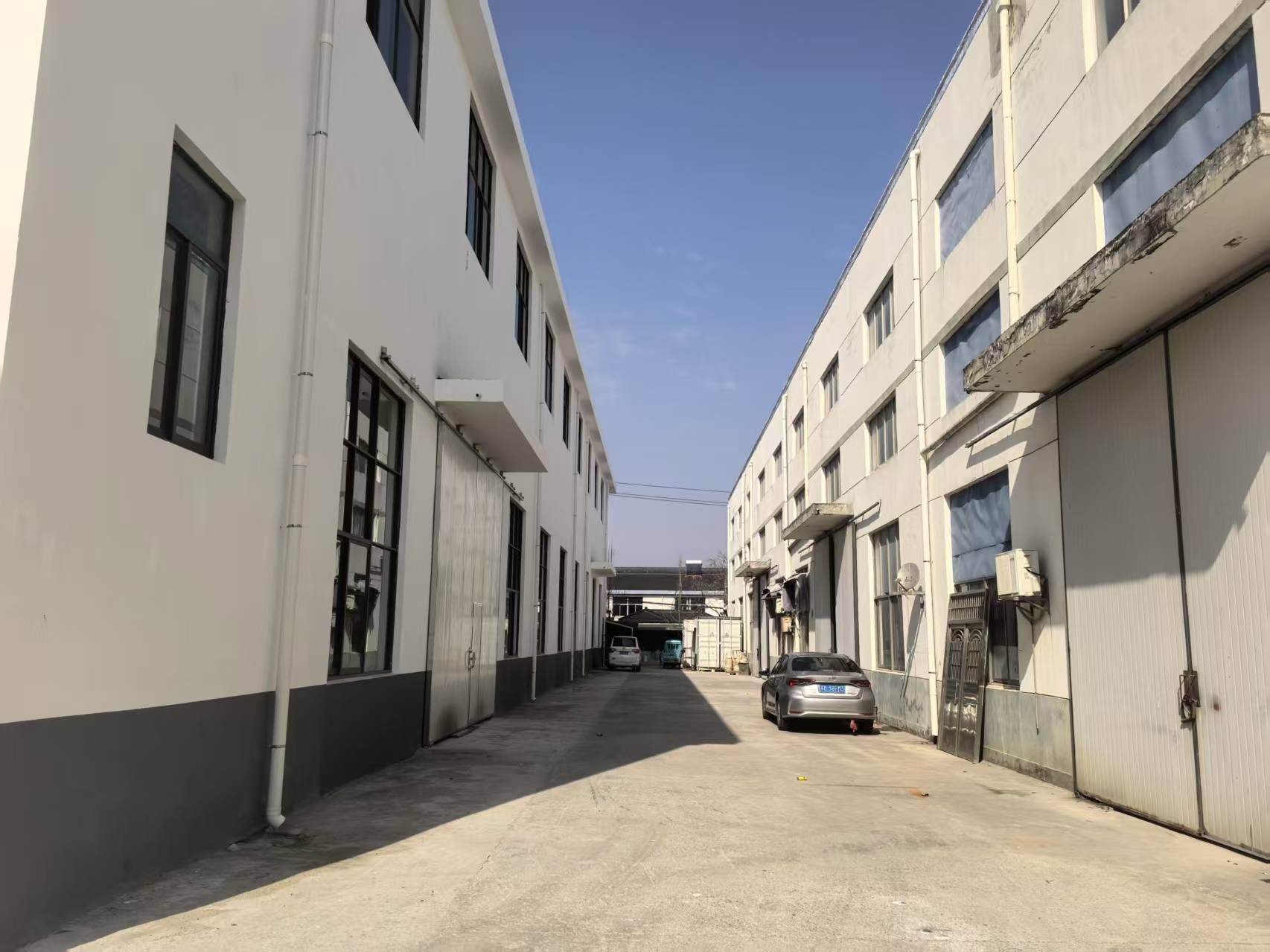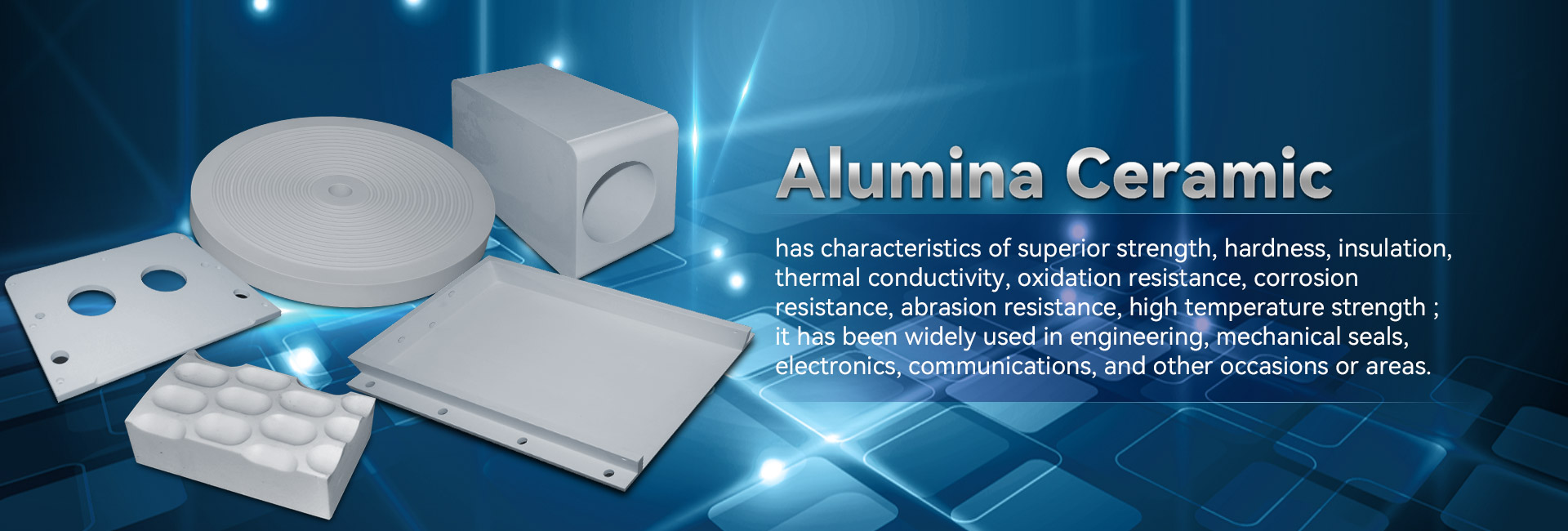
Mechanical alloy exhibit exceptional physical qualities, rendering them preferable for a extensive range of implementations. Sprouting from flight and vehicles to electronic equipment, these composites are incessantly developing to fulfill the expectancies of a state-of-the-art industry.
- Their hardness and resistance to drastic settings make them essential for leading equipment.
- Also, technical ceramics yield pros in terms of strength, advancing the evolution of trailblazing processes.
Crafting Matter: Created for Outstanding Capability
Developed ceramics shine in rigorous applications due to their remarkable characteristics. Formed from specially chosen raw substances and subjected to strict processing approaches, these next-generation components manifest exceptional hardness, corrosion resistance, and endurance to tough thermal conditions, rusting, and scraping. From aeronautics modules to engraving tools, industrial ceramics furnish unmatched performance across diverse sectors. Their versatility allows withstanding demanding circumstances, guaranteeing longevity and stability. As innovation progresses, the necessity for top-tier elements grows, cementing the pivotal duty of industrial ceramics in shaping a improved tomorrow.
Innovative Ceramics: Breaking Component Margins
Substances, displaying remarkable hardness and endurance, are underwent a evolution. Modern ceramics, engineered with diligent control over their structure and minute arrangement, overcoming the limits of the total of realizable. These forms present a comprehensive assortment of qualities, qualifying them ideal for stringent domains such as orbital, biomedical, and sustainable power. From lightweight parts that resist extreme temperatures to biocompatible implants that integrate seamlessly with the human body, advanced ceramics are redefining our reality.
Careful Ceramic Engineering: Addressing Stringent Criteria
Specialized ceramic fabrication has evolved remarkably in recent cycles, facilitating the production of complex and highly usable ceramic units. These elements are vital across a varied range of sectors, including aerospace, biotechnological, and device domains. Matching the demanding specifications for these incidences calls for precise fabrication tactics that secure dimensional rightness, surface polish, and material properties. Next-generation ceramic fabrication processes employ several methods, including slip casting, injection molding, and additive manufacturing. These practices facilitate the formulation of fine forms and detailed features with highly rated repeatability. Above all, advances in material technology have yielded new ceramic formulations endowed with advanced features. These forms display increased longevity, lastingness, and tolerance to critical hotness conditions, permitting their use in stringent sectors.
The prospects for meticulous ceramic fabrication are vast. As inquiries and forward movement go forward, we can expect even more modern techniques and composites that will likewise expand the thresholds of what is attainable in this domain.
Top-Performing Ceramic Compounds for Challenging Conditions
Modern ceramic materials maintain extraordinary strength and resistance against adverse ambiences, making them favored for unrelenting actions in orbital markets. These modern ceramics can bear severe heat loads, resist deterioration, and maintain their structural integrity under rigorous physical pressures. Their special molecular characteristics permit steady function in severe situations, including high-temperature furnaces, aircraft engines, and power stations.
- Ceramic matrix composites
- Thermal resistance
- Weight minimization
Advanced Composites: Combining Robustness and Performance
Mixed ceramics convey a effective mix of mechanical durability and distinct particular characteristics. Through the blending of ceramic particles within a matrix, these materials achieve notable efficiency. This fusion results in heightened endurance against high heat, wearing, and chemical degradation, rendering them fit for precise duties in astronautics, motor industry, and energy branches. Furthermore, ceramic composites can be designed to possess distinct properties like electrical conductivity or biocompatibility, enhancing their usage across diverse fields.
Nanostructural Administration in Innovative Ceramics
Gaining desired specifications in cutting-edge ceramics routinely demands thorough control over their grain configuration. A variety of treatment criteria, including sintering temperature, length, and atmosphere, alongside the combination of dopants or auxiliary phases, considerably modify the arrangement of particles, permeability, and other microstructural specifications. Precise optimization of these variables allows for the amplification of strength, rupture resistance, and thermokinetic conductivity. Specifically, lifting the sintering heat intensity can stimulate grain growth, thus increasing density and improving mechanical rigidity. Conversely, controlling the firing atmosphere may alter the oxidation mode of the ceramic, thereby influencing its electrical electric flow or magnetic aspects. Realizing these relationships between microstructure and properties is key for creating advanced ceramics with designed functionality suitable for extensive functions.
Durability-Enhancing Ceramics: Improving Lifespan
Within rigorous factory markets, where parts are forced to constant scraping and damage, wares with excellent sturdiness are decisively vital. Wear-resistant ceramics have appeared as a dominant fix, furnishing unparalleled durability and functionality in numerous covers such as processing, mining, and aerospace. These high-tech forms possess a distinctive configuration that elevates their potential to oppose damage. By exploiting the fundamental strength and firmness of ceramic compounds, engineers can create robust units capable of withstanding the most difficult operating climatic states.
Health-Safe Elements: Deployments in Biomedical Field
Health-safe ceramics have revolutionized the clinical domain, furnishing an array of useful attributes for multiple deployments. These ceramics are biologically stable within the organism, minimizing immune responses and fostering mending. A prime task for biocompatible ceramics is in bone grafts, where their hardness sustains long-lasting reinforcement to damaged tissues.
Over and above, they are applied in prosthetic teeth, presenting a resilient and attractive solution for molar substitutes. Ceramics also occupy a key position in medication delivery, allowing the focused release of medicines to specific sites within the physiology.
- Moreover, biocompatible ceramics are more often being analyzed for cellular therapy, serving as a backbone for tissue regeneration.
- For that reason, the outlook of biocompatible ceramics in clinical practice looks positive, with continual research expanding their possibilities.
Ceramic Sensors: Enabling Reliable Evaluations
Sophisticated ceramic sensors have manifested as principal components across a wide array of fields. These instruments leverage the special features of ceramic substances to deliver highly precise quantifications. Their cordierite ceramic durability in {demanding|harsh| 